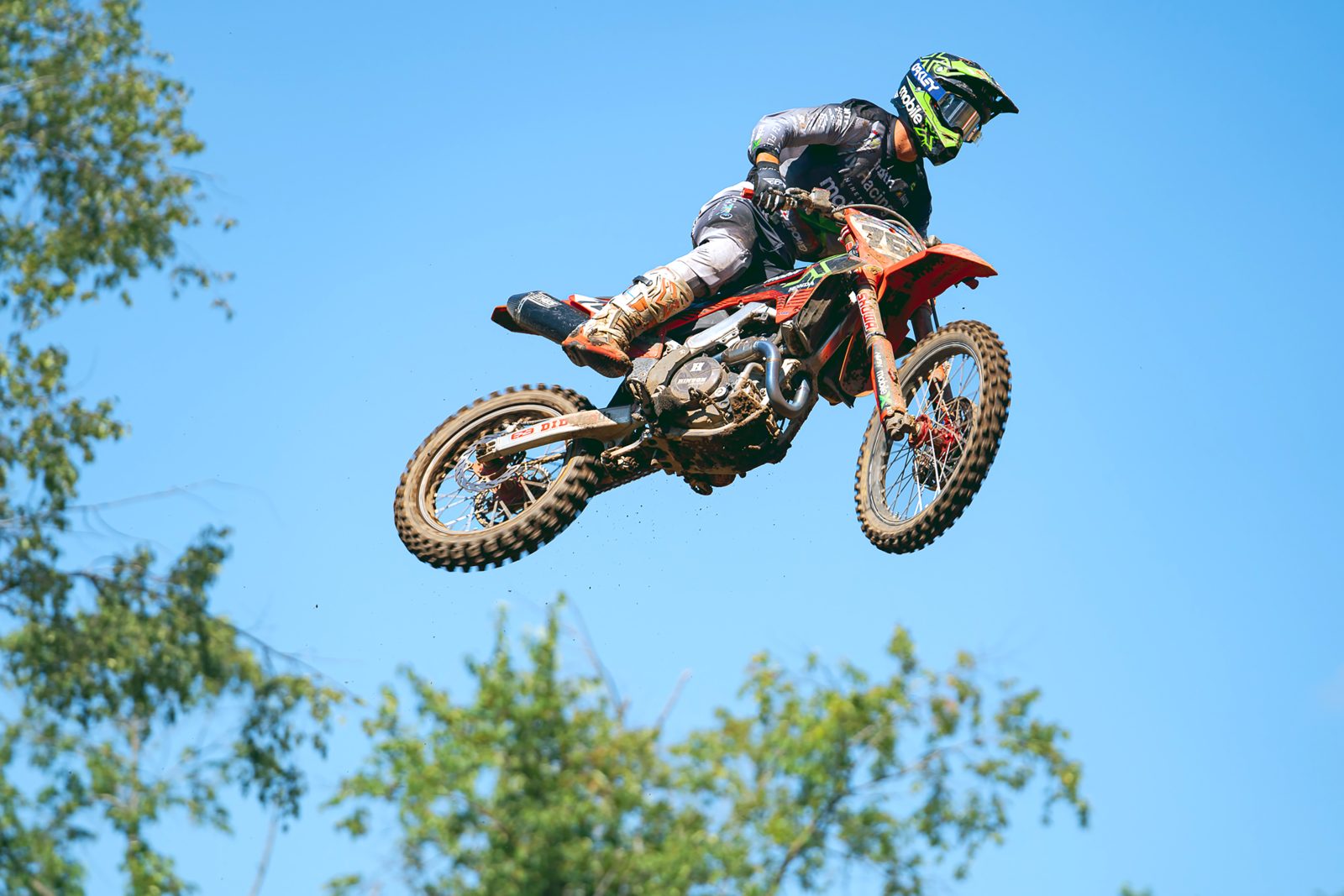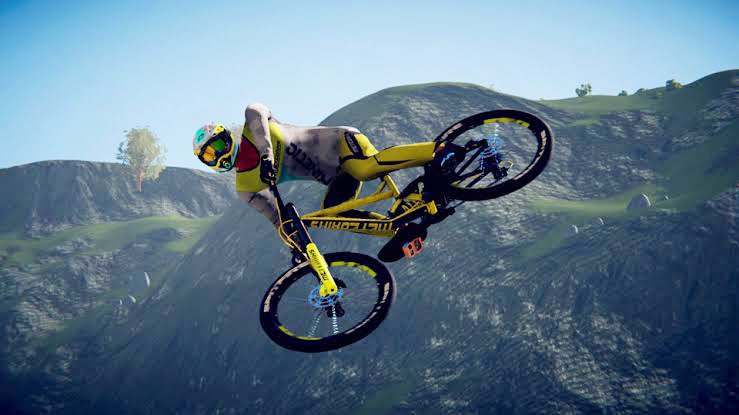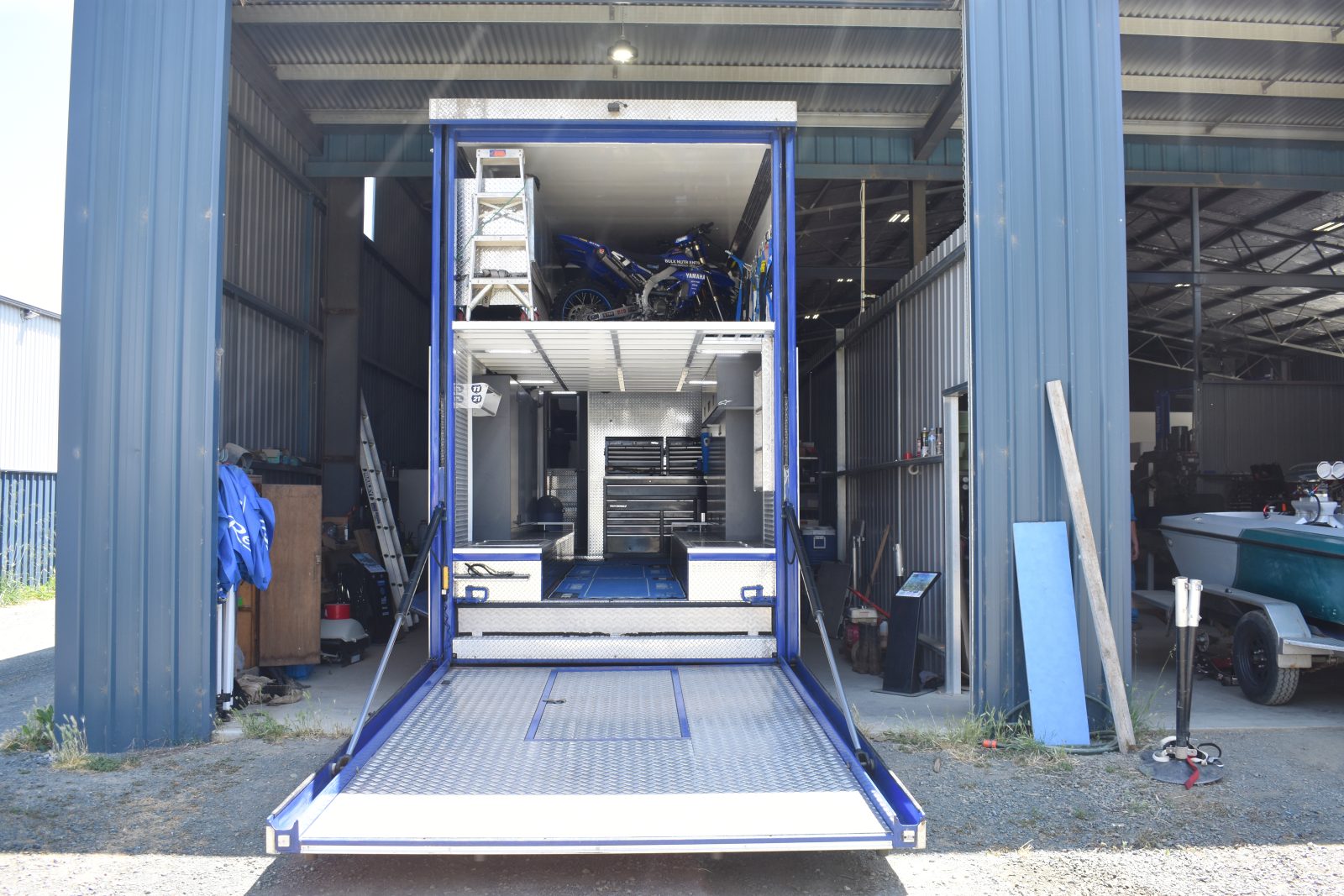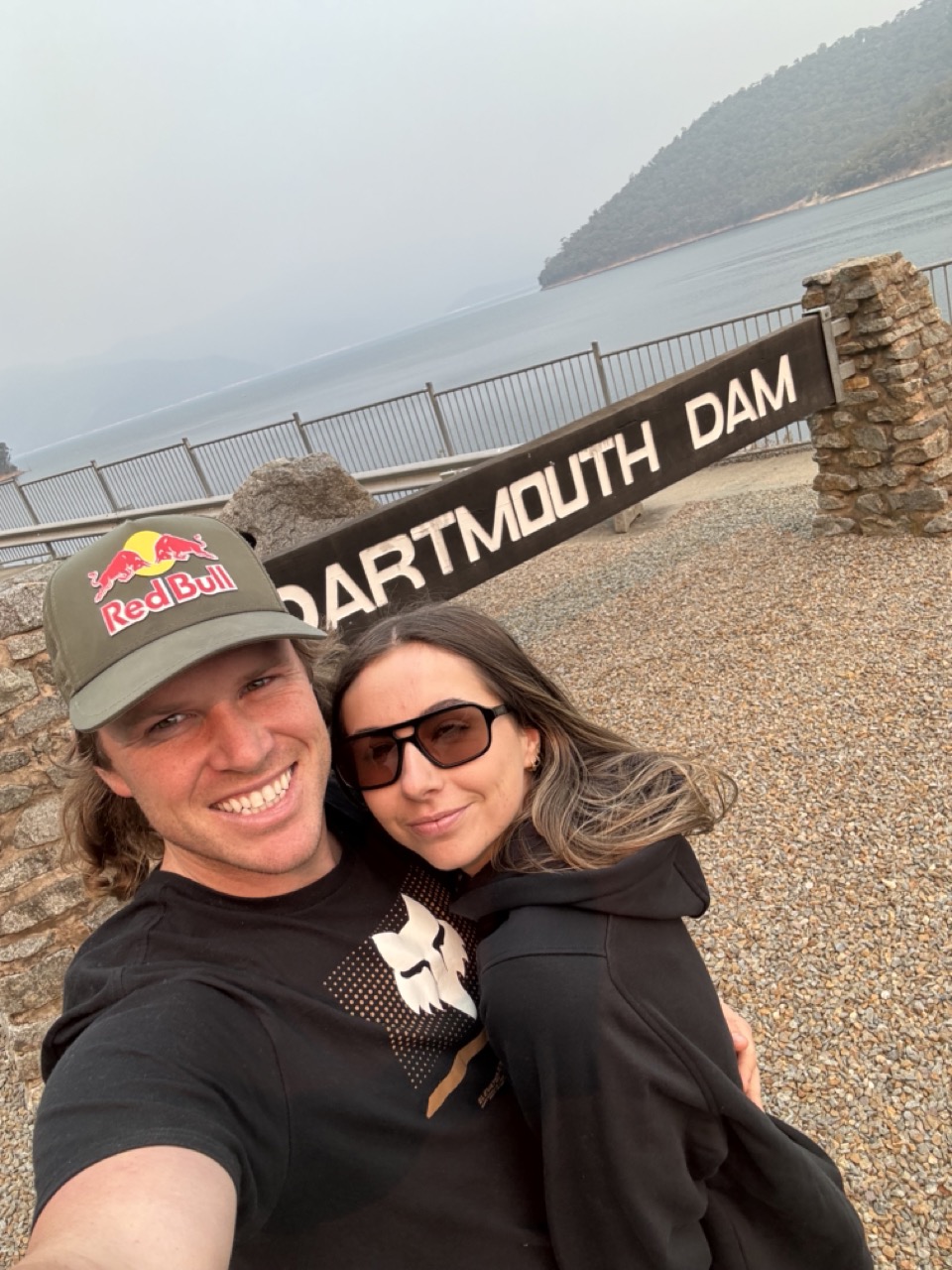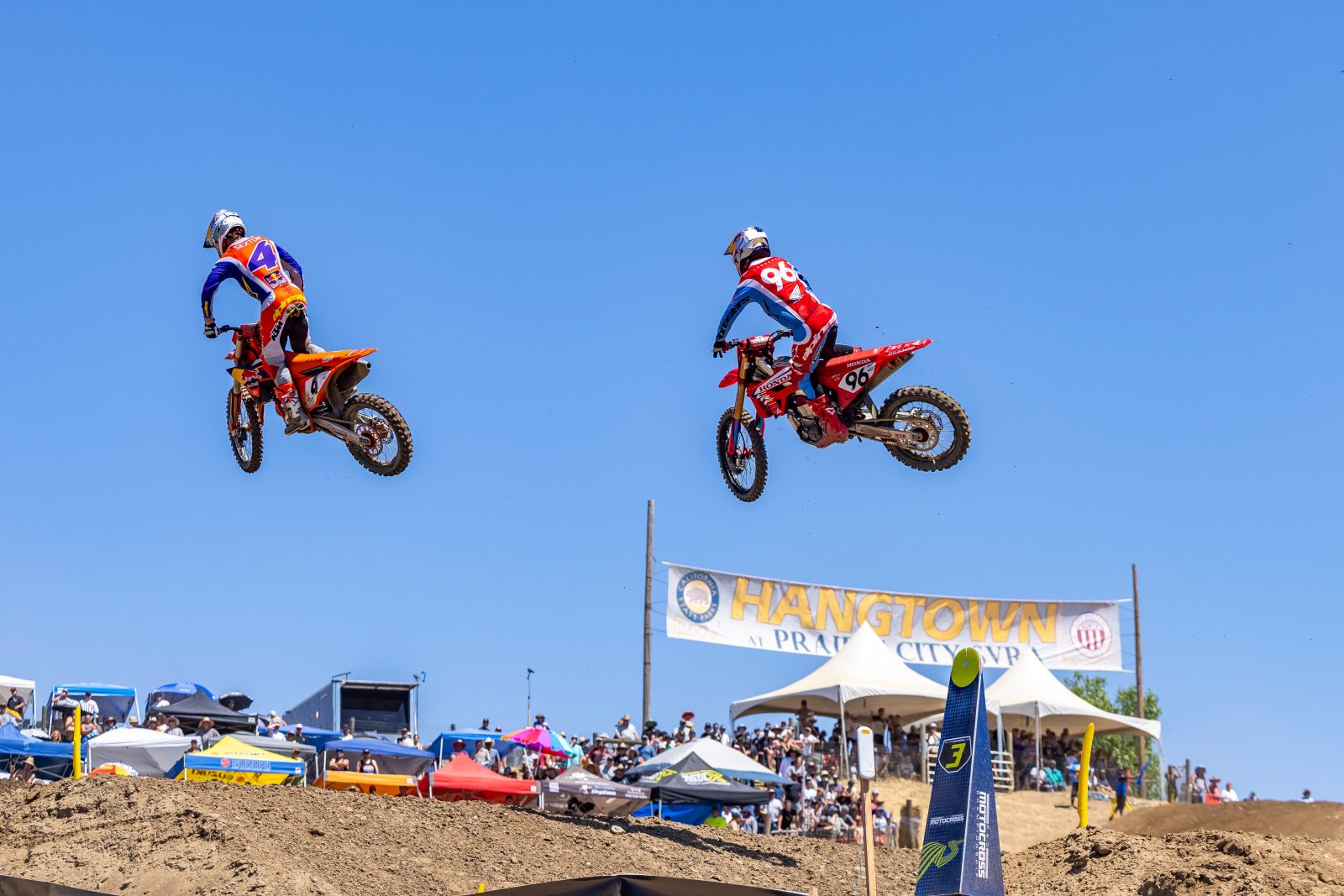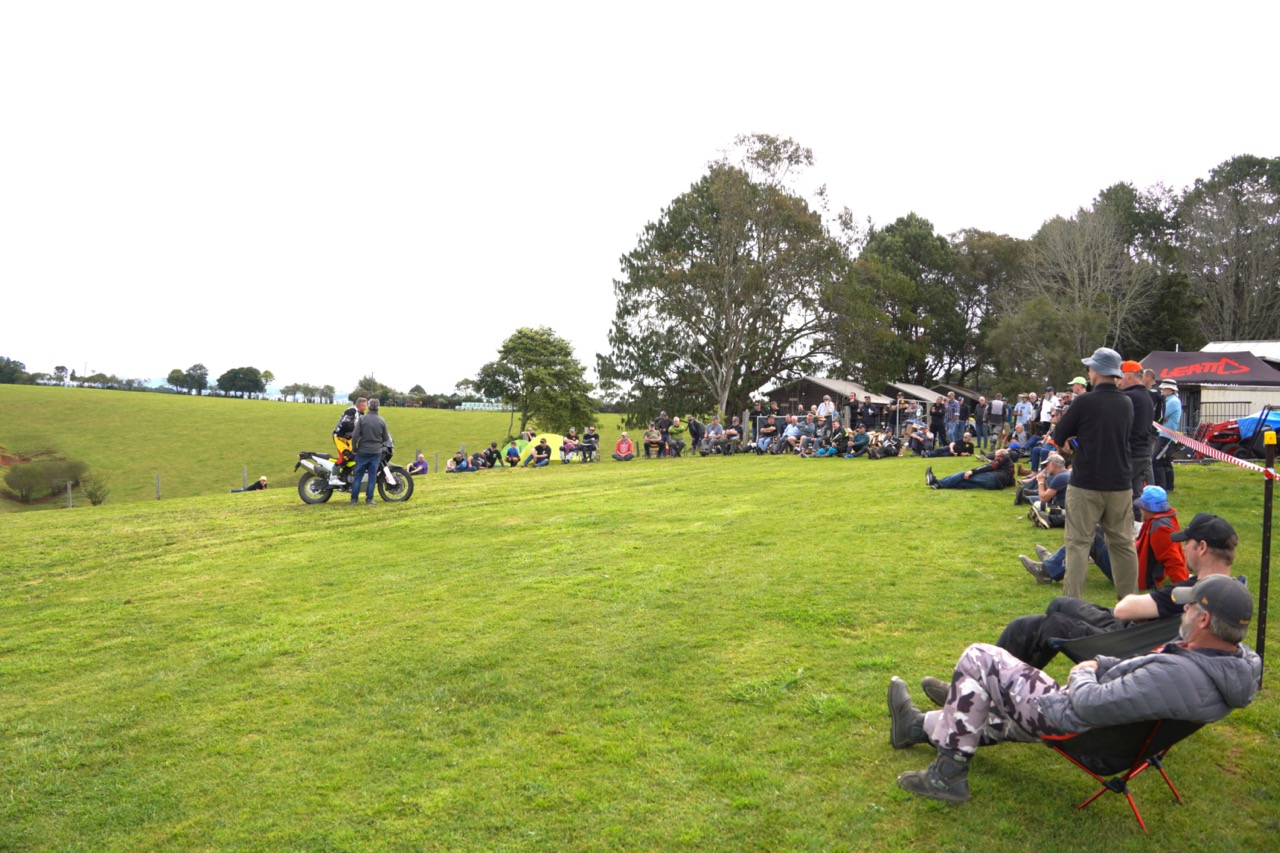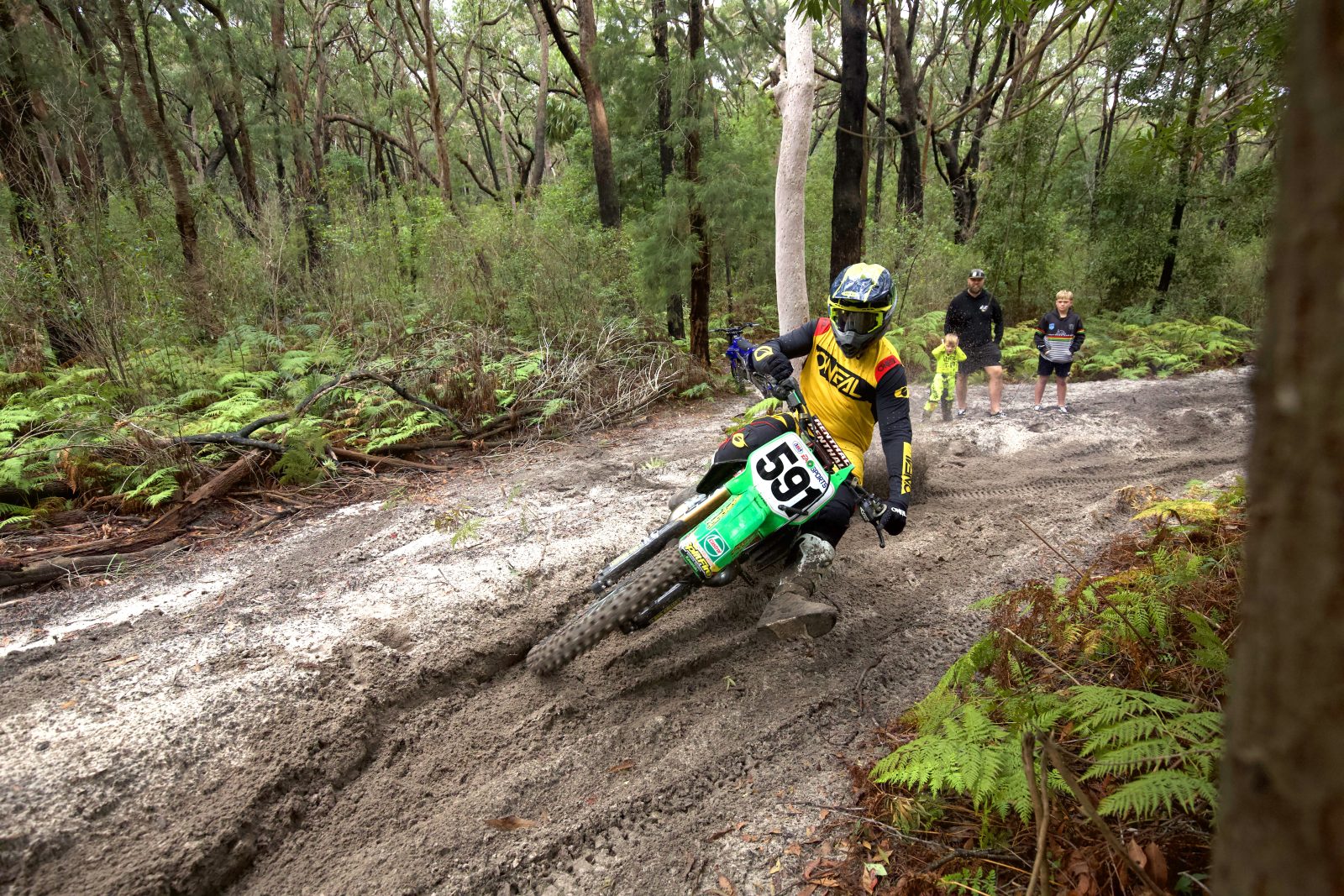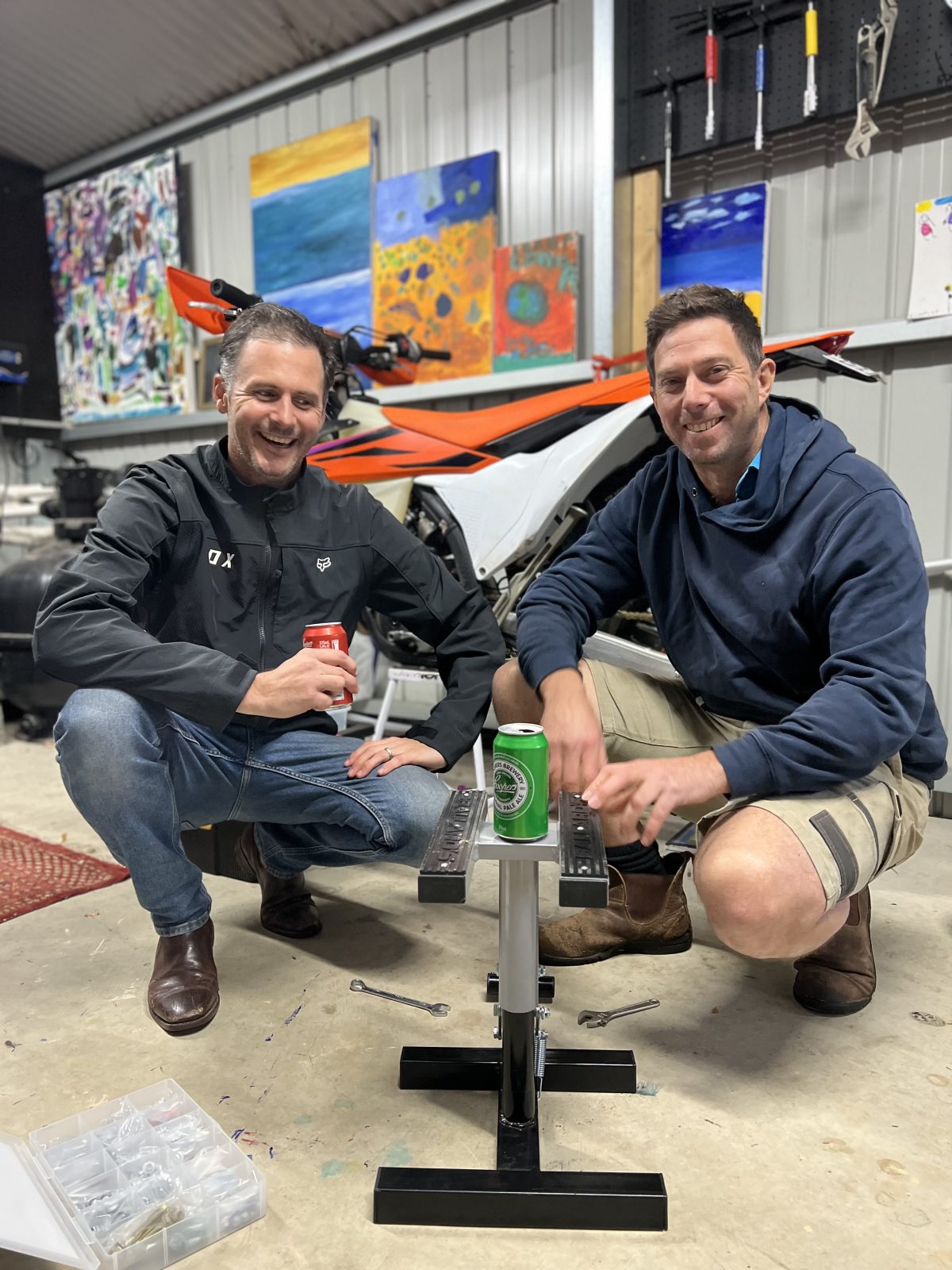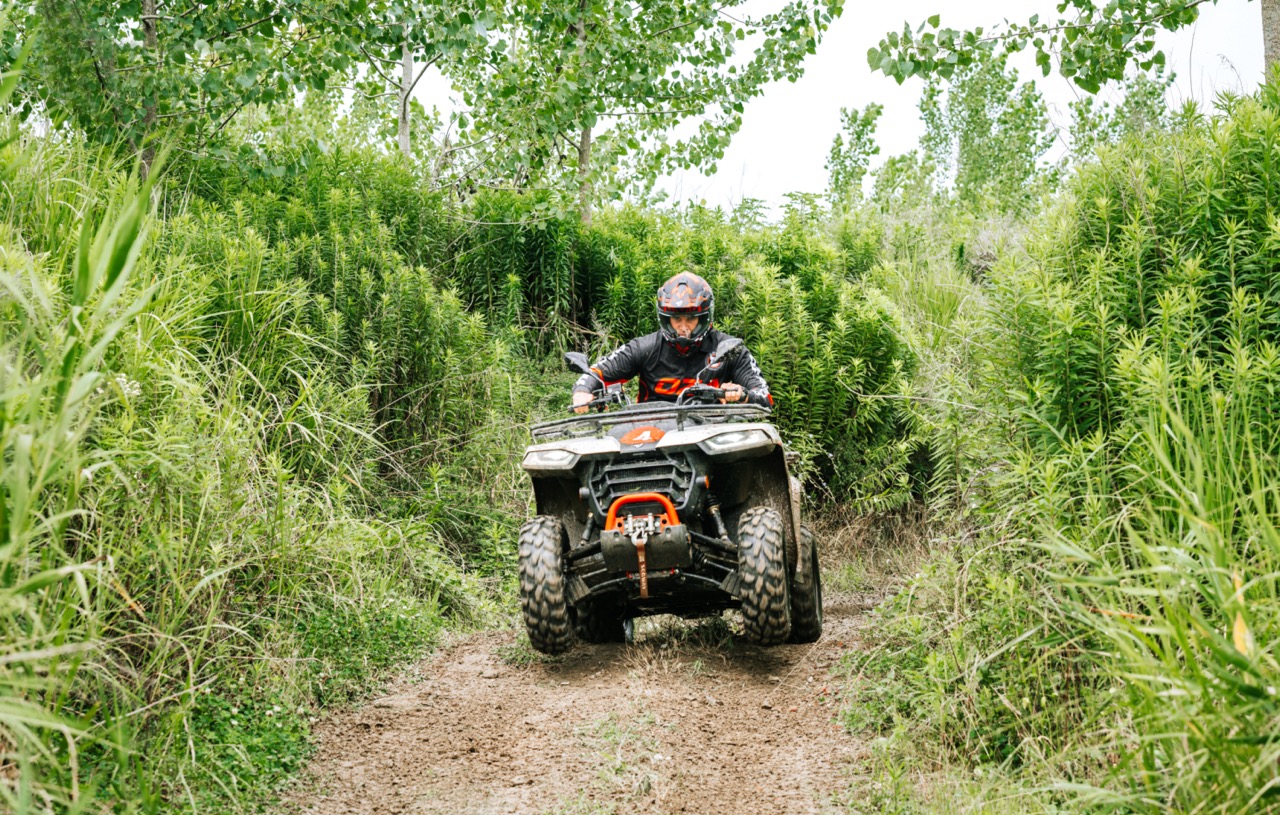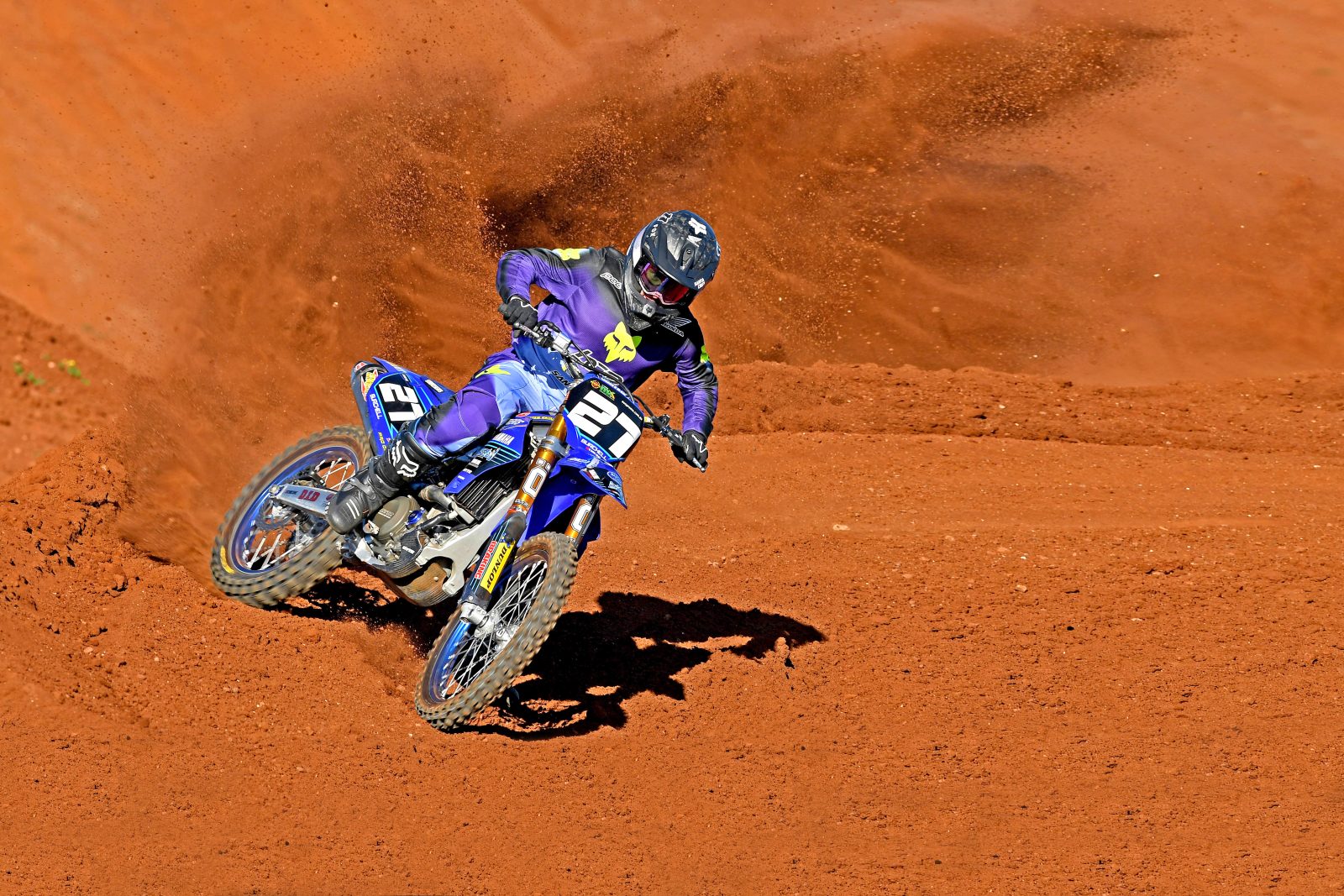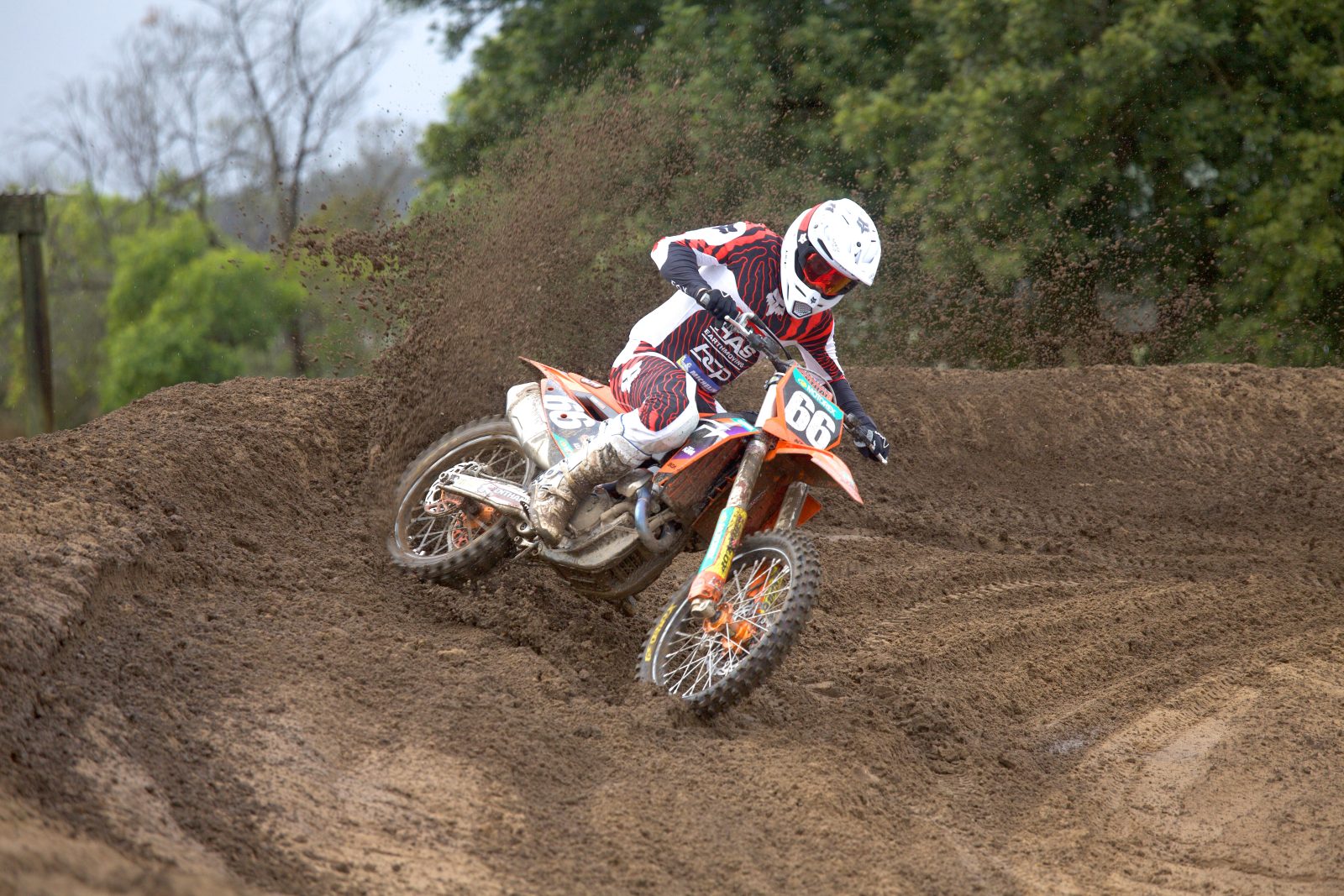“Yeeew! Sunshine and powder bowls – what more could you want!” our tour guide Mat Cox from Snowmoto NZ whooped, his cheers muffled by his helmet.
The murky snow clouds we’d been cautiously picking our way through for the past hour had suddenly thinned and cracked, allowing weak sunlight to paint the contours of the winter playground we found ourselves in.

We were dwarfed by a huge rocky outcrop and imposing corniced ridge that towered above, while a jumble of snow-choked ridges, gullies, tussock, and rocky outcrops fell away below us. Directly in front of us lay a sweeping bowl of untracked, windblown powder that had settled during the storm that had just passed. Almost on cue, Mat’s KX450F roared to life, he clicked into gear, then surged his way into the bowl.
Our group of five riders followed suit, and moments later we were tearing wide, arcing slashes into the virgin powder. The front ski sliced almost effortlessly through the snow as the rear track churned us up the 45-degree slope, then with a smooth, controlled movement of the knees, the bike quickly pitched to the right, banking its way around the bowl. We circled back downhill to where we’d started, experimenting with a natural ski jump where a wind-drift had banked up on the side of a rock, then repeated the circuit.
I couldn’t stop grinning or help thinking this whole Snowmoto NZ experience was like something from another world. Here we were, deep in the Otago back-country with not another soul for hours, riding dirt bikes equipped with skis and tracks. We had a 3,000-hectare wintery world at our complete disposal, to explore its rocky chutes, frozen lakes, soft powdery faces, neck-craning ridges and wind-blown lips.

Being late in the season, the warming conditions had stripped some of the slopes back to unforgivingly hard ice. Jagged rocks lurked just beneath the snow, ready to snatch at the front ski. The tracks from previous tours had also frozen hard into unpredictable shallow trenches that occasionally grabbed at the front end.
Even the Snowmoto NZ bikes themselves – which felt familiar and foreign at the same time – were a challenge to master. While the controls were basically the same as a normal dirt bike (with the exception of no rear brake pedal, and the front brake lever being rerouted as a rear brake), they required a completely different riding style. Rather than simply turn the bars to go where you want, snow bikes require you to really lay the thing over with your knees, trust the tracks and get on the throttle, especially if you want to turn against the hill and start climbing.
The usual trail-riders’ stance is also something to stuff in the bin for the most part. Sitting down lowers your centre of gravity, which keeps the bike feeling stable and tracking where you want to go. Standing and absorbing the hits with your knees does help when chopping through chattery wind-drifts or jumping, but for most other situations, saving the legs and sitting down works best.
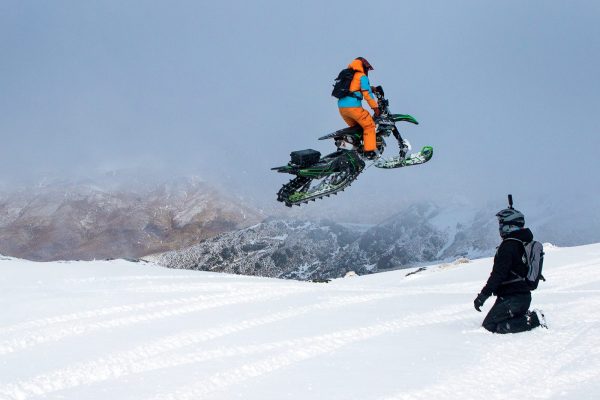
“Whaddya reckon, fellas? Should we see how far we can follow the creek down, then try and find our way back up and over into the next valley?” Mat enquired.
After a unanimous thumbs-up, we dropped down into the valley, popping in and out of rolling ridgelines, then followed a frozen stream towards the snowline. Being late in the season, it wasn’t long before we were picking our way between fingers of tussock and toothy rocks, while deep, dark holes appeared along the creek, signalling the start of the spring snow melt.
As quickly as we descended, Mat turned his bike uphill, and we spent the next half an hour trying to piece together a rideable route from the valley bottom to the ridgeline. We leapfrogged from one pocket of snow to the next, being forced to turn back a couple of times when we either ran out of snow or the slope got too steep, even for the snow bikes.

Once we finally crested the ridge, another wide-open snow park dropped away before us, beginning with a sphincter-tightening drop between some rocky outcrops. The plunge off the ridge seemed ludicrously steep but without any hesitation, Mat dropped in, rapidly shrinking as he casually rode down the slope into the bottom of another powder bowl. I took a deep breath, trust the engine-braking, don’t touch the rear brake, stay centred on the bike and keep pointing downhill.
I immediately felt the roller-coaster effect as my insides lifted and pushed against my lungs. The engine braking began barking so I clicked up a couple of gears and let the Kawasaki gather speed and glide down the untouched slope, to stop beside Mat. It was almost too easy, but looking back, it seemed ridiculous to see our tracks sliced into the virgin snow.
This basin was another puzzle of car-sized rocks, pillowy hummocks, cliffs, rolling ridges and frozen tarns, ending with a wide-open, pin-it-and-pray climb up a steep face. A concrete-hard sheet of ice lay just beneath the thin layer of snow, and it took several attempts to scramble to the top as the tracks struggled for purchase on the icy face. Eventually we reached the safety of the ridge and followed the vague, snowy outline of a 4WD track. The track was awash with a constant procession of foot-high wind-drifts that formed an endless line of soft whoops.
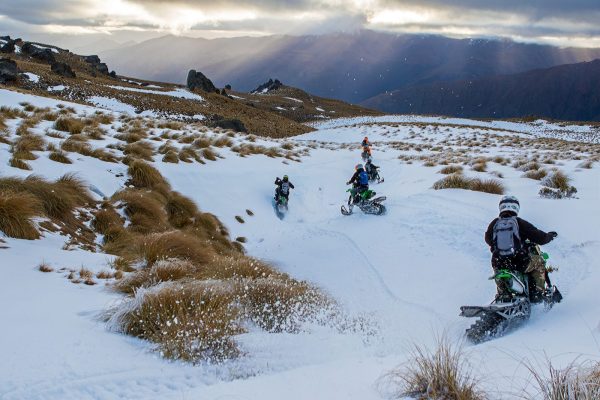
Just as it felt like our forearms were going to explode, the mountain range suddenly fell away before us, dropping into the navy blue waters of Lake Wakatipu. As we descended to get as close to the lake as possible, the broody clouds parted and patches of golden, late-afternoon sunlight glided across the mountain ranges around us. This was magic hour, alright.
Parked up on the edge of the snow, we rattled off the obligatory photos to capture the moment, knowing full well that compressed pixels would never do the sweeping vista justice.
“This is where we take the clients who just want a quick half-day ride, or have limited riding experience,” Coxy explained. “It’s easy enough for most people to get to, the view is world-class, and it makes for a memorable trip”

With fuel and daylight starting to run short, we tracked our way back to the curious huddle of empty rainwater tanks nestled into the hillside that would be our home for the night. Insulated up the whazoo and with three tonnes of gravel beneath the floorboards to stop them getting blown off the mountain range, staying in the Snowmoto huts is a unique experience in itself. A small fireplace keeps them toasty warm, and the comfortable bunk beds are custom-built to fit the diameter of the huts. The most pressing matters at hand were a mean barbecue feed to demolish, some ice-cold beers to down, some yarns to spin with a great bunch of like-minded humans, and a hell of a sunset to watch.
Tomorrow morning we’d mount up again and smash some more powder bowls for a few hours. We weren’t ready to be transported back to the reality that lay waiting in the valleys far below us, but the problem with this multiverse is that time doesn’t stand still or go any slower…as much as we desperately would’ve loved it to.

ABOUT SNOWMOTO NZ
Hamish Goodall started Snowmoto in 2018, after falling in love with snow bikes while living in Canada. He brought a container-full of bikes and tracks back home to New Zealand, then thanks to some door-knocking and handshake agreements with some high-country station owners, found some land on the Old Man Range to begin his operation.
The next year Goodall secured a permit to use parts of the Kingston and Long Peak Stations on the Hector Range, which has better quality and variety of terrain and better views, and the business has been based there since.
Business has steadily grown from about 100 riders in 2018 to more than 550 customers in 2023, and about 80 per cent of them are Australians.
“Lots of people come to just ride the bikes for three or four days, stay a night in Queenstown, then fly out the next day. We’re the only place in the southern hemisphere where you can ride snow bikes, so it’s a lot more accessible than having to go to the US or Canada to do it.”

Goodall is looking at what the future could hold, and is dabbling in using electric bikes for the coming season, to try and make the Snowmoto experience more accessible to the general public.
“The 450s are big bikes, so we’ve done some testing with the Starks and Surrons to see if that’s an option. They’re lighter, more nimble, and there are no gears to worry about, but battery longevity in the Starks is still a wee way off – on our first test the full battery only lasted 49 minutes on half-power.”
It’s still early days, but Goodall is planning to develop a solar charging station at the huts so they can have both electric and fuel bikes available. He’s also looking at ways to open up even more terrain for multi-day tours and helicopter access in the future.
Snowmoto usually begins its operations in July and runs through to late September, depending on snow conditions. Tours start from $750.
For more information, visit snowmoto.co.nz
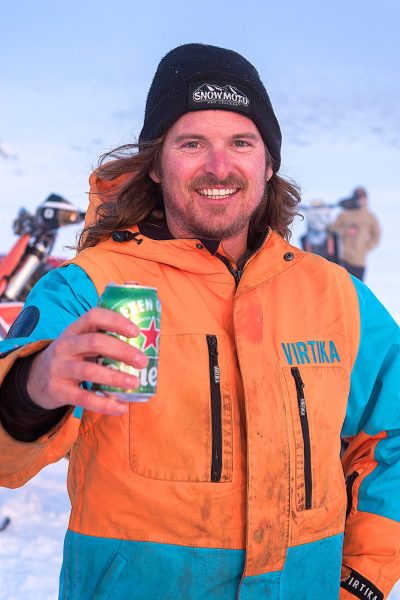
MAT COX – THE AUSSIE GUIDE
You wouldn’t expect a semi-professional snow-biker to come from Australia, but then Mat Cox (36) isn’t your average cat. Born and bred in Orange, Coxy used to race the Australian motocross and supercross championships, with his best result being an 11th in the Supercross Lites class.
After a few years working as a moto holiday guide for Race SoCal in the States, Coxy stumbled on snow bikes while on a snowboarding holiday in Japan and was instantly hooked. For the next two years he helped the Japanese tour outfit as a guide, and learnt everything about riding in the backcountry, avalanches, first aid and learning how to understand snow.
Another stint back in Australia saw him then make the move to Canada, to work for a snow bike rental company run by a fellow Aussie, Shannon Mason. Coxy and Hamish from Snowmoto crossed paths and stayed in touch over the years, and with the Kiwi outfit growing, Hamish offered him a 10-week position as a guide through the peak southern hemisphere season.
WORDS AND PHOTOS | SIMON MAKKER
